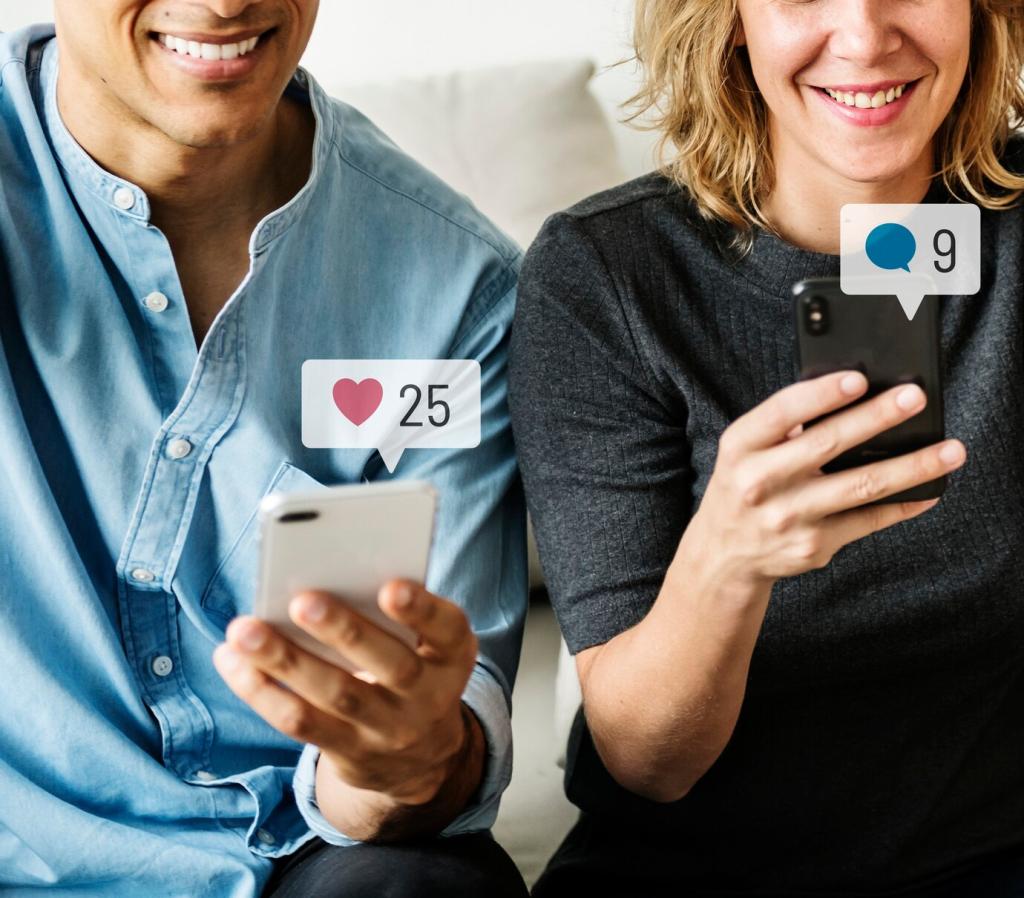Headlines and Hooks that Showcase Space Value
Turn features into lived benefits: from custom millwork to mornings that run on rails; from open shelving to a gallery that evolves with seasons. Test two headlines and track click-through. Share your A and B variants with the community and report which drew more portfolio views.
Headlines and Hooks that Showcase Space Value
Use an unexpected detail or question to stop the scroll, then resolve it gracefully. Example: The quietest room we ever designed started with a ceiling. Intrigue, then explain. Try one today on your home page hero and invite readers to vote on their favorite version.








